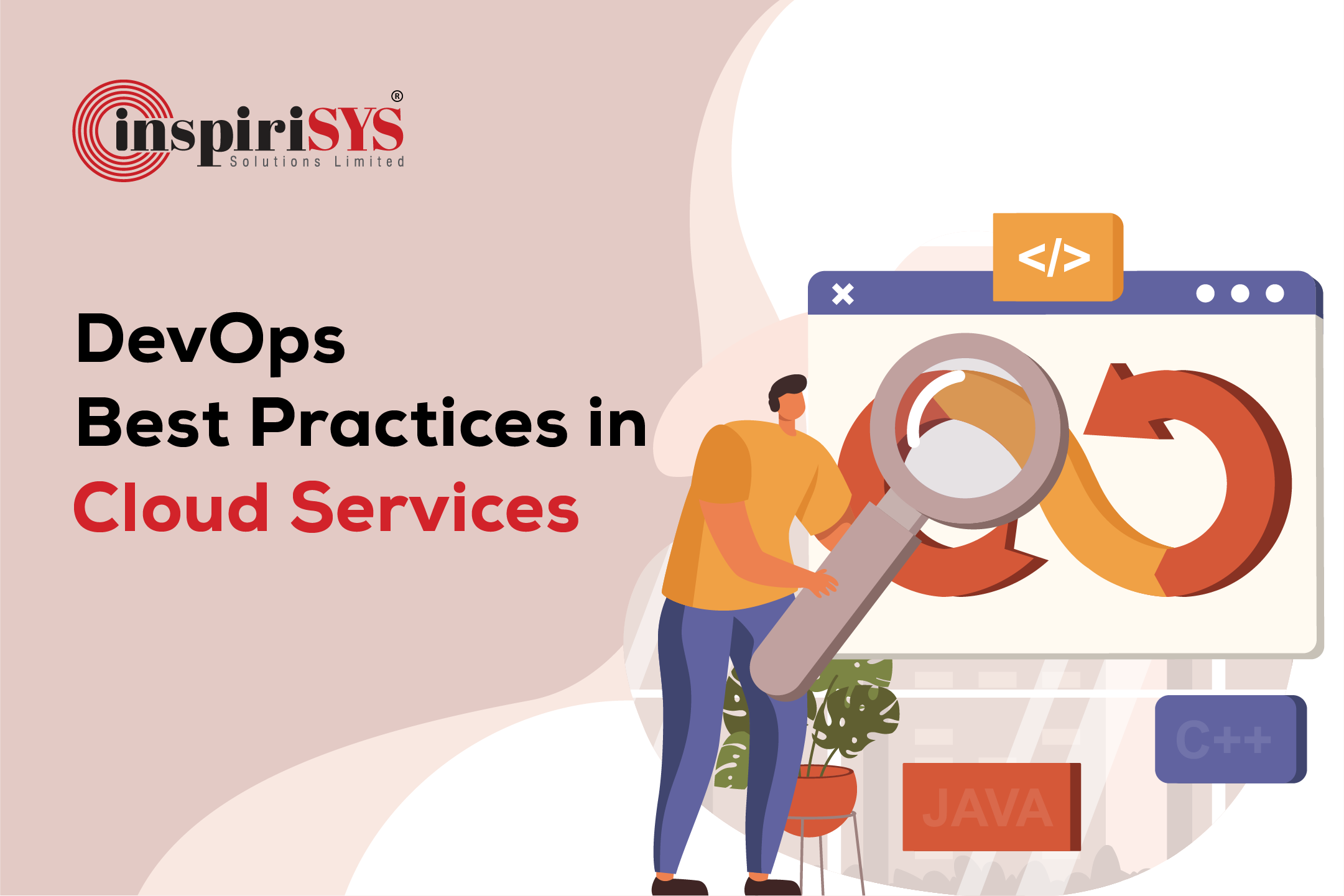DevOps practices and cloud computing go hand-in-hand for all IT professionals and tech experts. Though cloud computing and DevOps practices contribute in different ways to an organization's success, their goal is the same. Hence, companies are not holding back when it comes to investing in both practices together.
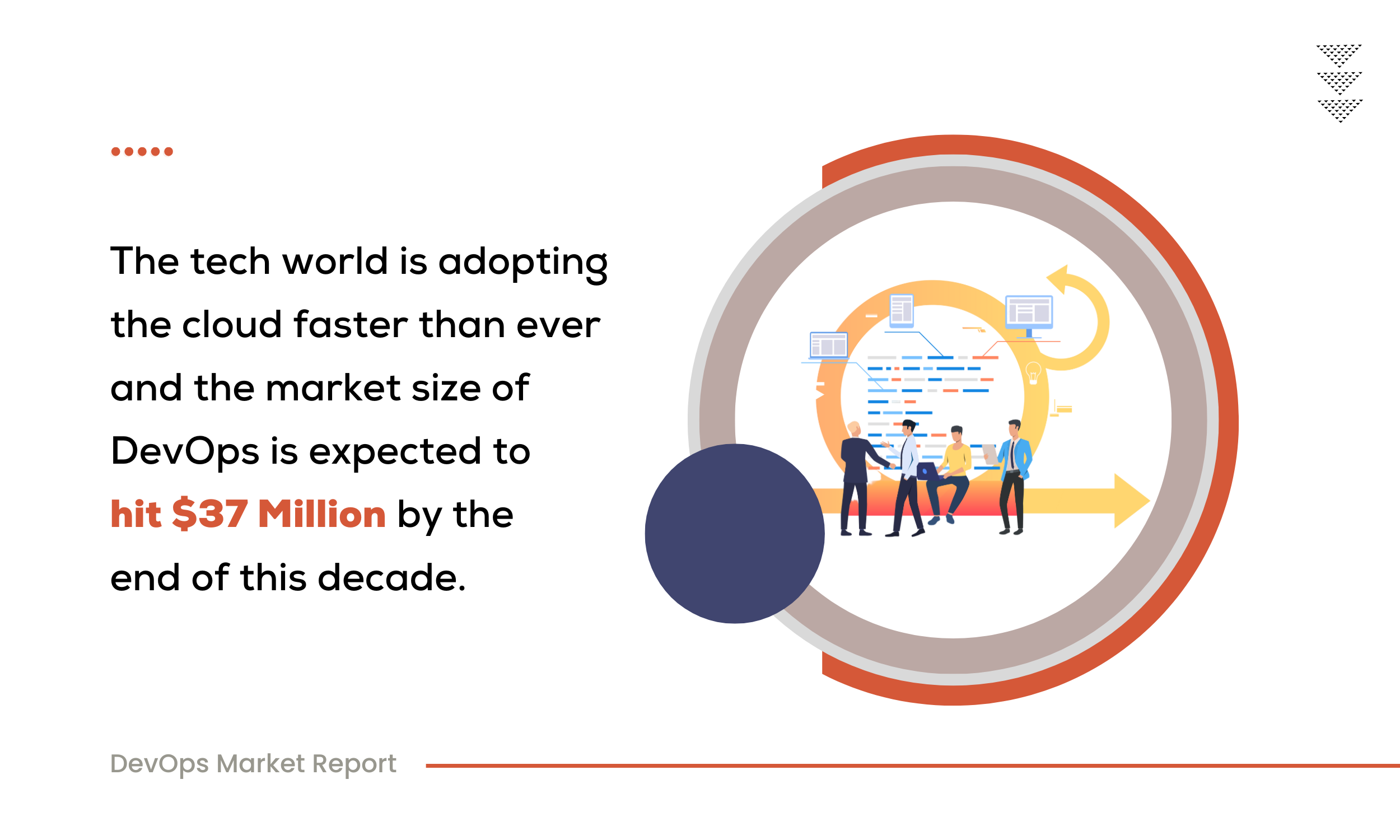
Cloud usage complements the goals of DevOps implementation by streamlining continuous integration, testing, and delivery. This clearly denotes that DevOps cloud computing is a powerful combination that brings several benefits to IT transformation. The DevOps best practices mentioned in this blog can prove to be crucial in improving workflow, project management, development, and operations.
Gleaning deep insights into the DevOps lifecycle can greatly help in understanding DevOps best practices. So, let’s dissect both sections as we go along.
DevOps Life Cycle
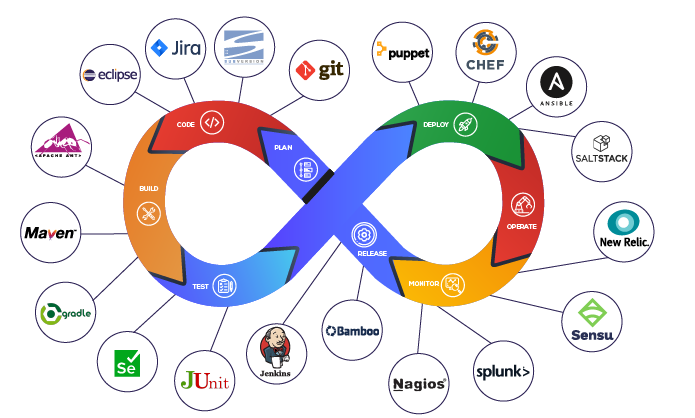
Different organizations define DevOps in different ways, but understanding the methodology is incomplete without knowing its life cycle. Here are the seven DevOps life cycle phases that are implemented while developing an application.
7 Phases of DevOps Lifecycle
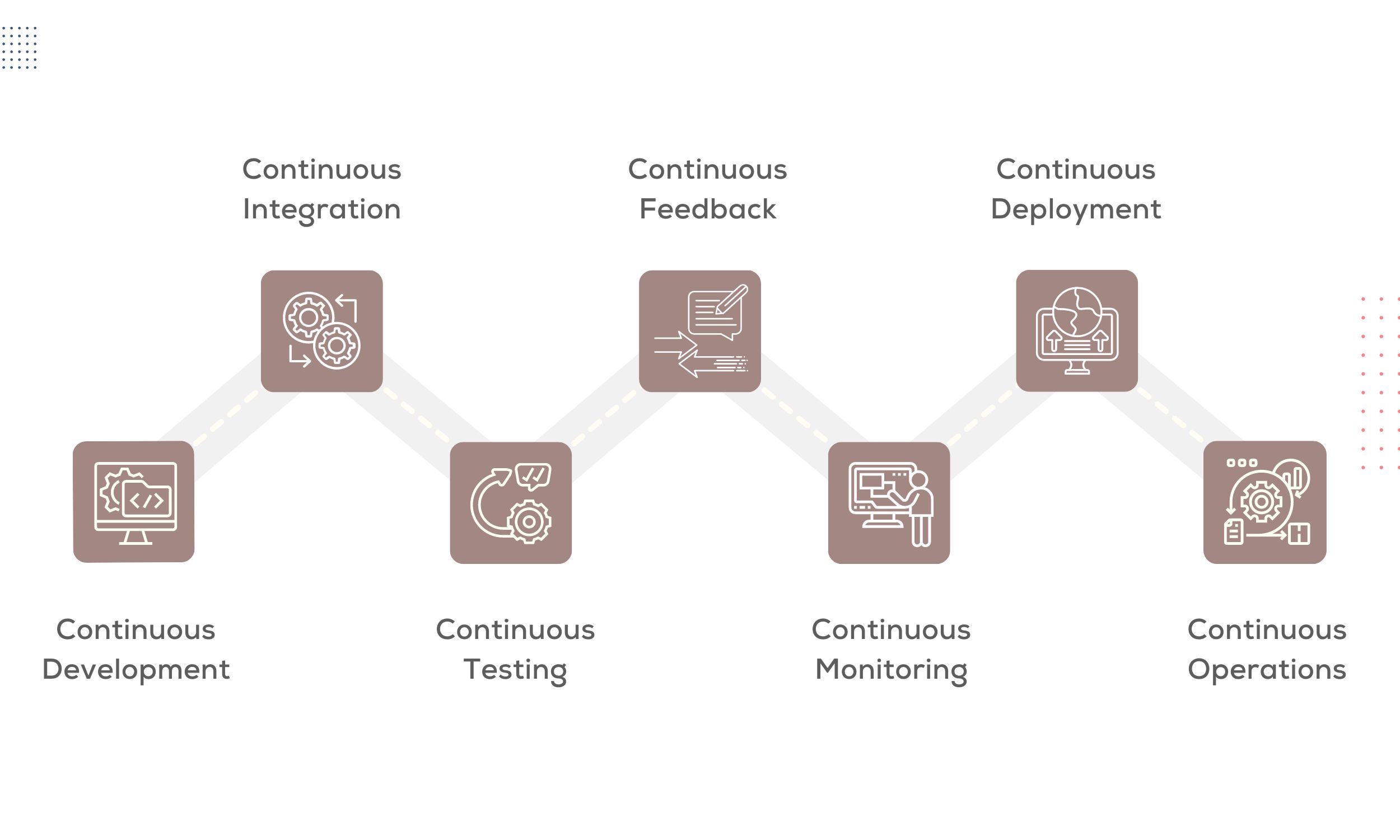
Continuous Development
Planning and development of code happen in the first phase of the DevOps lifecycle. The vision of the undertaken project is determined here and the software is developed according to the plans.
Though planning does not require any major DevOps tools, maintenance of the developed code requires some important tools. A programming language (e.g. JavaScript, Ruby, or Python) is chosen for building the source code of an application and the maintenance process is called Source Code Management (SCM).
Continuous Integration
This phase involves a software development process where the developers bring several modifications to the source code regularly. Problems and errors are easily detected here and the improved code has to be smoothly integrated constantly. The source code goes through unit testing, integration testing, code review, and packaging for perfection and new demands.
Jenkins is a widely used tool during code updates and its role is to fetch the updated code from Git repository for making an executable file. After the file is built it is moved to the test server or production server.
Continuous Testing
Here, bugs are identified through continuous testing of the developed software code. Automation tools like JUnit, TestNG, and Selenium are used for constant testing as they provide the option of QAs for parallel testing of multiple code bases.
Using automation testing over manual testing saves more time and effort that can be used for other productive tasks.
Continuous Feedback
The application code is much improved after continuous testing and integration, but this phase, continuous feedback, is more crucial as it analyzes the improvements.
Once the final product is rolled out to the customers with all modifications their experience is collected for feedback. This helps a lot in the development process and most of the applications go through major changes in this phase. New versions of the developed applications are born after this phase to satisfy the customers to the fullest.
Continuous Monitoring
Next, the developed applications’ performance is monitored for the developers to record data and observe the functionalities. This phase is important for detecting threats and finding the source of recurring errors that affect the performance of the application.
The IT operations team is more active compared to the development team during the continuous monitoring phase. DevOps tools like ELK Stack, Splunk, Nagios, and Sensu are used for strong control over the system performance and production server. These tools also help in improving the application’s productivity and reliability.
Continuous Deployment
When the developed application is released and starts receiving traffic, developers keep this phase active all the time. During this phase, the main job is to deploy the final and updated code to the production servers.
Configuration management is critical during the deployment of the developed application code to all servers. Scheduling of updates for all servers takes place here and the consistent configuration is carried forward in the production process. DevOps tools like Puppet, Chef, and Ansible are used for configuration management, that is, regular execution and continuous deployment of updated code. Containerization tools like Vagrant and Docker also play an important role during continuous deployment.
Continuous Operations
The final phase, continuous operations, of the DevOps lifecycle is the simplest and the fastest. Continuous operations is nothing but the process of automating application release and future updates. Developers act quickly in this phase and shorten the deployment cycles.
Importance and Benefits of Adopting DevOps Model

DevOps software application development approach has proven to be very important in many companies’ successful completion of projects. The main intention while using DevOps is to develop more efficiently in a shorten span when compared to the old siloed approach. Implementing DevOps model into a project brings several benefits and we have listed a few below that you might need to know.
-
Improved collaboration:
DevOps helps in bringing both development and operation teams together for sharing and better understanding.
-
Deliver products faster:
By following DevOps practices companies are able to achieve fast-time-to market and this is critical in today’s business world
-
Reliability and consistency:
The automation tools that are used during the DevOps approach cancel out human errors and make the process more consistent.
-
Smarter error detection:
Using DevOps practices teams can stay ahead and know about the flaws that are coming up in the deployment lifecycle.
Top Cloud DevOps Best Practices
Be Security Conscious
Cybersecurity is one place where all organizations using DevOps must concentrate more as the trends change frequently and require updated security. Moreover, using the cloud can make data more vulnerable to security breaches. DevOps is expected to transform into DevSecOps very soon for integrated and automated security. Tracking, monitoring, and resolving security problems will be easier when DevSecOps is implemented and this is being considered by many now.
However, when DevOps approach is used in the cloud, it is better to appoint a chief security officer who will continuously monitor the security risks.
Choose the Right Tools
Choosing DevOps tools that work with more than one cloud is also an important practice. This can let you be flexible and make choices between the best public and private cloud services for a job. Research for the best options and know what possibilities are available before finding the perfect tools for changing situations Also, once you pick the right cloud provider using the right tool you should choose a cloud-agnostic platform for the benefits of hybrid clouds.
Continuous Integration and Continuous Delivery (CI/CD)
Though this practice is a part of the DevOps lifecycle mentioned earlier, it is an important practice to follow. Updated batches of code must be integrated regularly into the central code repository for efficient collaboration. The small changes brought through the continuous integration (CI) approach will keep the repository healthy and helps in detecting errors and maintaining code quality.
Continuous delivery (CD) is a practice where the integrated code is deployed frequently, even for small batches with changes. Developers can easily push the code to production with the automated method while using continuous delivery.
Incorporate Automation
Setting up automated testing in CI/CD pipelines is another key practice. By bringing in automation instead of manual testing companies need not rely on people and have all code changes tested accurately. There are several types of tests according to different use cases. Some of the commonly used tests are end-to-end testing, smoke testing, integration testing, and load testing.
Automation nullifies human errors and saves essential time that can be used for better purposes. You can work more confidently as automated processes finish work as expected and let you think about the upcoming.
Adopt Agile Methodology
Agile project management is familiar among most software engineers and this goes great with cloud DevOps. Flexible planning, useful collaboration, and constant improvement are some of the benefits while adopting an agile methodology. The short and repeated sprints that are done while using the agile approach is a key feature and this approach responds to changes very flexibly.
Infrastructure as Code (IaC)
This practice is about managing and provisioning infrastructure through code instead of using manual processes.
Pre-defined templates are used to set up and configure IT resources in this practice. You can fasten up the deployment process while using IAC deployment and it also helps in quick infrastructure service updates with agility and scalability.
Future of DevOps and Upcoming DevOps Trends
The IT environment is known for its ever-changing quality with regular new needs. Likewise, DevOps, an approach towards application development, also changes according to the evolving demands in the fast-growing industry.
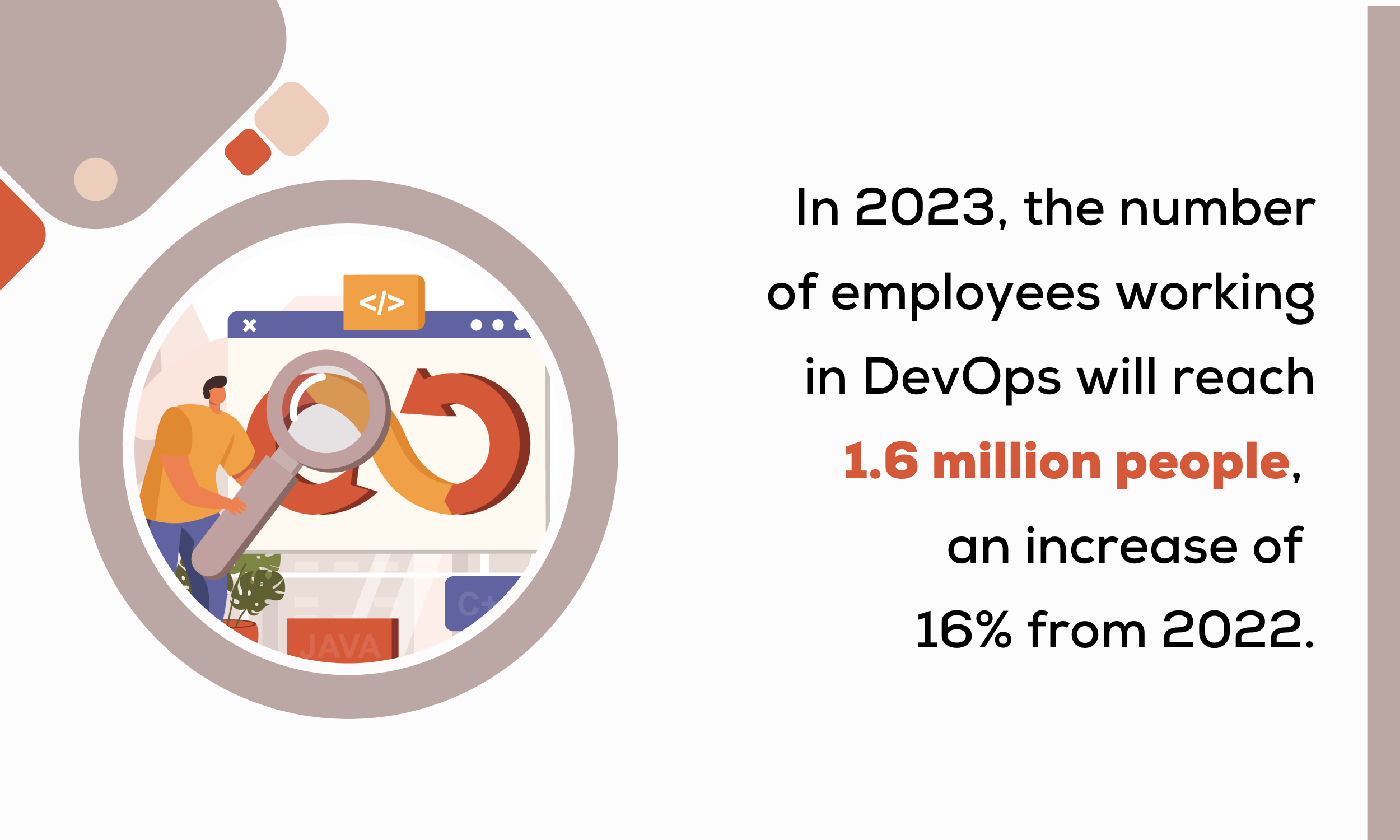
While the above-mentioned cloud DevOps best practices are important for successful application or software development, it is also important to know the upcoming DevOps trends. Below mentioned are some of the concepts that will be the future of DevOps
-
Serverless Computing:
Teams will tend to adopt serverless computing more in future to manage the costs during server infrastructure. There are modular components already used by a few DevOps groups to have an overview of the DevOps pipeline.
The workload on developers can be reduced while using serverless computing as the cloud monitoring and system updates are taken care of.
-
Low-Code / No-Code:
The new demands from applications for new features at short and regular intervals have made companies deploy the low-code/no-code trend. By implementing this trend, people without a strong technical background can also contribute to the DevOps process of software development. This in turn enhances the way developers and engineers work as they get more time to come up with new ideas without typing repetitive codes.
-
Kubernetes and GitOps:
Kubernetes is a platform that is booming among the infrastructure trend and it is expected to grow bigger in the near future. IAC scanning can bring Kubernetes security into play very soon for more benefits during software development.
GitOps is another infrastructure trend related to Kubernetes. It is used to manage clusters and deliver efficient and secured applications. Developers can consistently build and deliver software faster than now by using Kubernetes and GitOps.
Wrap up
DevOps approach towards software development has already had a significant impact on businesses that have big goals. Designing, production, and maintenance have never been more comfortable before and this is only expected to ease in the future. The communication between the development and operation teams while using DevOps is helping in coming up with great products that satisfy end-users and customers. The future trends mentioned above are going to shape the DevOps approach and make it more attractive for organizations without a doubt.


